28May
Keep on top of aphids before they’re on top of your crops
Words supplied by Nufarm.
If there’s one thing aphids like, apart from feeding on young wheat and barley seedlings, it’s warm weather. Temperature makes all the difference to the life cycle of this tiny, potentially costly insect pest.
In general, the warmer the weather, the faster it develops, reproduces, survives, and migrates, taking as little as 5-7 days to complete a generation. In favourable conditions, adult aphids produce 3-5 nymphs per day for up to several weeks, creating rapid population build-up. The nymphs pass through several generations before moulting into adults and go on to rapidly produce more wingless offspring of their own.
Most aphids in a colony will be wingless, but when things get crowded or food gets scarce, some will develop wings, and fly away to a different part of the crop, or a different paddock, to start a new colony. Why does this matter? “Autumn was warm!” points out Nufarm territory manager Jeff Hurst. “And that means higher risk of winged aphid flights.”Which in turn means higher risk of infestation, and subsequent disease. Aphids are the main vector for Barley Yellow Dwarf Virus, in particular the cereal aphid (Rhopalosiphum padi) and the rose grain aphid (Metopilophium dirhodum).
In either case it doesn’t take many of them to cause an infection. “That’s why monitoring crops for any sign of aphids is so important,” Jeff says. “There are aphid suction traps in some regions, which give an indication of the number of winged aphids present during the risk period, but they don’t represent secondary spread of BYDV in a crop.
“Nothing is better than getting out into your paddocks and looking for yourself to find exactly what is present. “Wheat and barley crops are most susceptible to BYDV infection from emergence until the start of stem elongation.
If aphid control is required, Kaiso® 50WG from Nufarm is a synthetic pyrethroid insecticide that contains 50g per kg of the active ingredient lambda-cyhalothrin, with some key formulation benefits. Developed and patented by Nufarm, the Sorbie technology found in Kaiso 50WG combines the benefits of emulsifiable concentrate (EC) and water dispersible granule (WG) formulations.
It looks like a water dispersible granule, but once added to water it behaves like an emulsifiable concentrate, meaning easy measuring and mixing, with no dust to worry about and no rinsing of measuring jugs or containers required. This is different to other products available in the market with the same active, which are either EC or SC formulations.
Farmers and contractors appreciate Kaiso 50WG’s unique combination of ease of use and efficacy, Jeff says. “It has all the user-friendly handling and mixing attributes of a WG, including stability, volumetric measuring and enhanced operator safety e.g., no splash, non-flammable and easy clean up if spilt, but it functions with the same efficacy parameters as an EC formulation when it is mixed with water.”
Kaiso should be applied at the first sign of aphids. Use the lower rate when aphid pressure is low, and shorter residual activity is required. A second application may be needed if aphids continue to migrate into the crop. Ensure sufficient water volume is used to give thorough crop penetration and coverage. Kaiso 50WG is a Group 3A insecticide and qualifies for Agrecovery.
For more advice on using Kaiso 50WG to protect cereal crops from the effects of BYDV this season, contract your Ruralco representative today.
® Kaiso is a trademark of Nufarm Limited.
Related
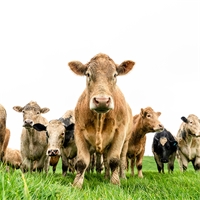
Dairy beef makes up the bulk of this country’s beef exports and by using the correct beef genetics,...
Read More
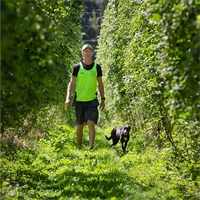
It is very easy to think of beer as simply a hazy combination of water, malt and barley, but that wo...
Read More
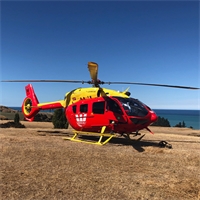
Ruralco to offer shareholders the opportunity to make a direct donation to the service through their...
Read More
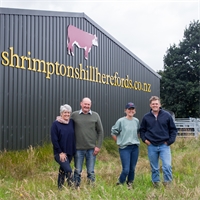
A family legacy of forward-thinking coupled with careful planning, world-class breeding and a proud ...
Read More

Spring is the perfect season to indulge in a book while basking in the fresh air and colorful blooms...
Read More
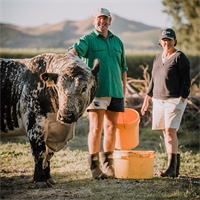
Surrounded by dairy farms in Culverden, Robbie and Anna Clark could be forgiven for feeling under si...
Read More